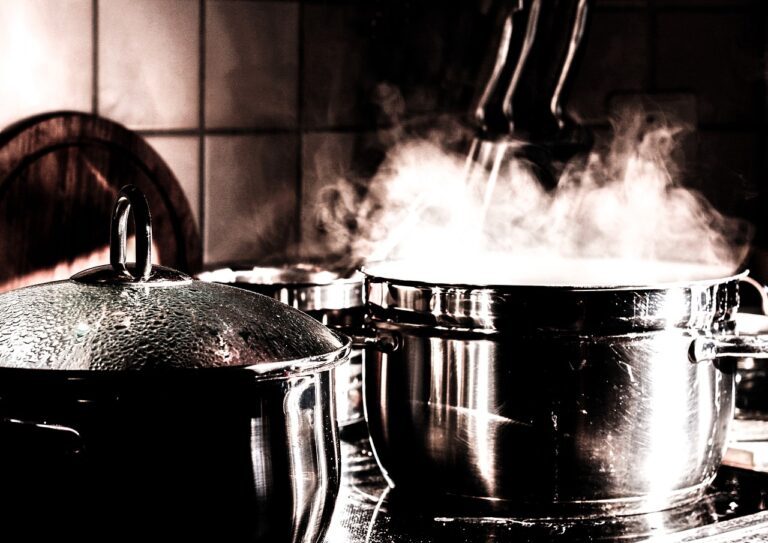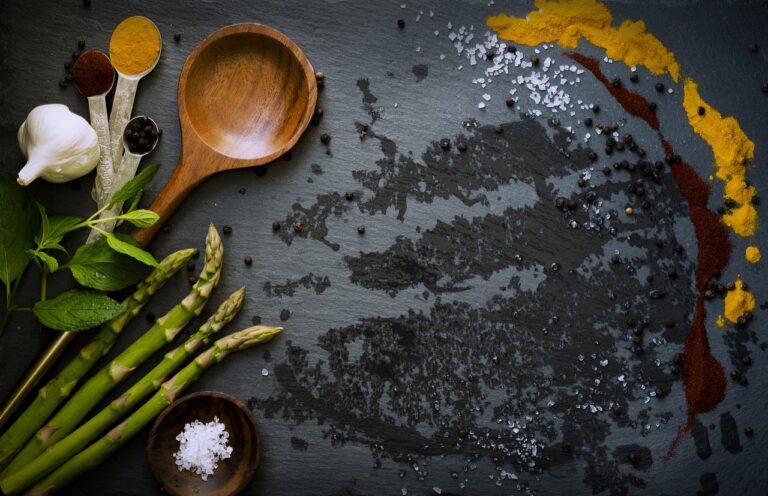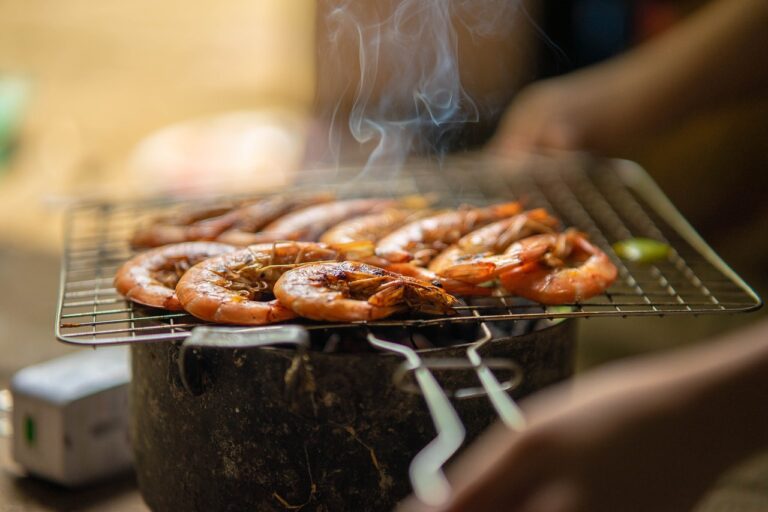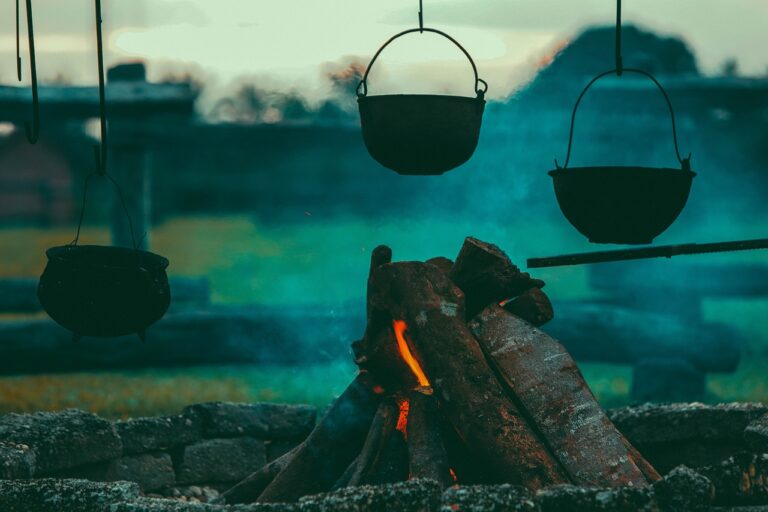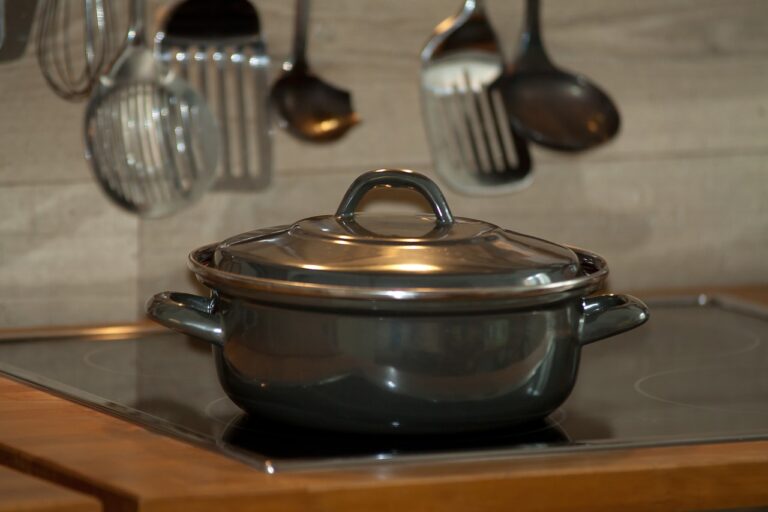Cooking Tips to Enhance Your Culinary Skills
Cooking is an art form that transforms raw ingredients into delectable masterpieces. Whether you’re a seasoned chef or a novice in the kitchen, embracing these practical cooking tips will elevate your culinary skills and make every meal a memorable experience.
Knife Skills
The Right Tool for the Job
- Choose a sharp, well-maintained knife for precise cutting.
- Different knives are designed for specific tasks (e.g., chef’s knife for all-purpose cutting, paring knife for delicate work).
Basic Knife Techniques
- Chopping: Hold the knife perpendicular to the cutting board and move it up and down in a rocking motion.
- Dicing: Cut the ingredient into thin strips, then turn and chop across the strips to create small cubes.
- Mincing: Finely chop the ingredient by repeatedly pressing down and releasing the knife while moving it back and forth.
Cooking Methods
Heat Control
- Understand the different heat levels for various cooking methods.
- Low heat is suitable for simmering, while high heat is ideal for searing and stir-frying.
- Use a thermometer to ensure accurate temperature control.
Common Cooking Methods
- Pan-frying: Cooking food in a shallow pan with a small amount of oil or butter.
- Baking: Using an oven to cook food at a controlled temperature.
- Grilling: Cooking food over an open flame or heated surface.
Seasoning
Enhance Flavors
- Experiment with various spices, herbs, and seasonings to create depth of flavor.
- Use fresh ingredients whenever possible, as they boast more vibrant flavors.
- Don’t be afraid to taste and adjust seasonings as needed.
Types of Seasonings
- Salt: Enhances natural flavors and balances other ingredients.
- Pepper: Adds a subtle warmth and slight spiciness.
- Herbs: Provide aromatic and earthy notes (e.g., basil, oregano, thyme).
- Spices: Offer intense flavors and heat (e.g., cumin, paprika, chili powder).
Presentation
Visual Appeal Matters
- Plate your dishes in a visually appealing manner to enhance their appeal.
- Use colorful ingredients, contrasting textures, and creative garnishes.
- Pay attention to portion sizes to create a balanced and satisfying meal.
Serving Techniques
- Garnishing: Add a final touch of elegance with fresh herbs, edible flowers, or a drizzle of olive oil.
- Saucing: Enhance the flavors of your dish with a complementary sauce or dressing.
- Accompaniments: Offer side dishes or accompaniments to complement the main course (e.g., bread, salads, vegetables).
Conclusion
Mastering cooking techniques and embracing these practical tips will transform you into a confident and skilled chef. By sharpening your knife skills, experimenting with cooking methods, using the right seasonings, and paying attention to presentation, you can elevate your culinary creations to new heights. Remember, cooking is an ongoing journey of experimentation and learning, so enjoy the process and never stop perfecting your craft.

